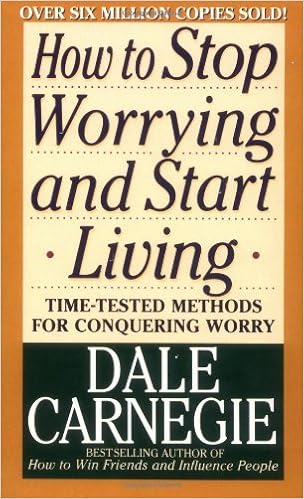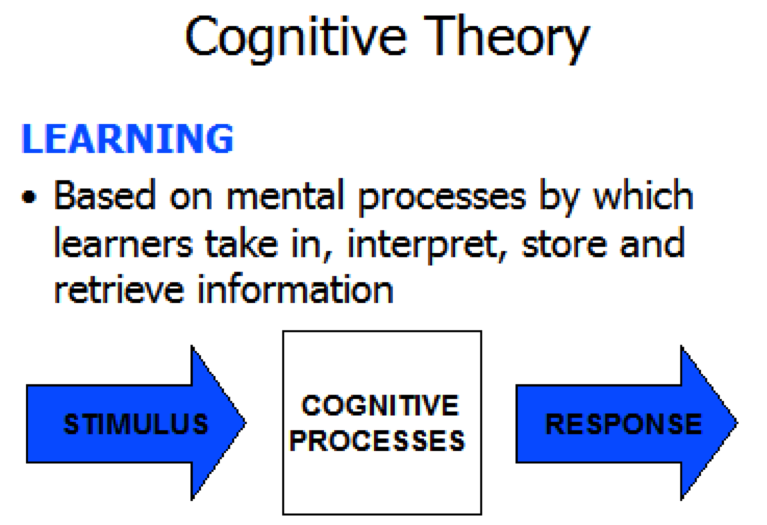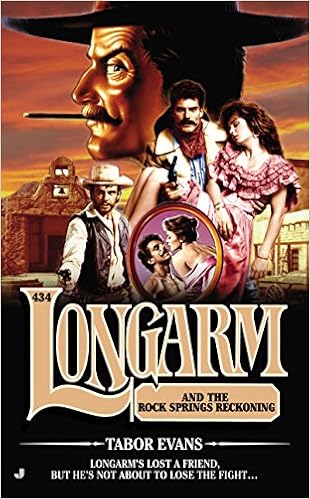Micro-coaching takes the successful elements of formal coaching and applies them to situations where a more immediate result is needed.
Micro-Coaching Webinar
The presenter of the Micro-coaching webinar was Ray Jimenez, PhD, the chief learning architect for VignettesLearning.com has been in the learning industry for over 25 years. He is an international consultant and author on e-Learning systems and instructional development. Dr. Jimenez worked Top Fortune 500 companies and medium size organizations - including Cisco, Microsoft, Boeing, Countrywide Home Loans, Dollar Tree Stores and others. - From the Vignettes Learning websiteVignettes Learning company is an e-learning and technology services company which assists clients to develop and convert content to online learning, implement Learning Management Systems and learning platforms. - From the Vignettes Learning website
The webinar focused on micro-coaching, when the formal coaching process may not be effective or expedient.
Formal Coaching Process
Formal coaching consists of four main processes: Identify and define goals, Define strategies to reach goals, Establish timeline and milestones, and Follow-up/Monitor plan for action.Formal coaching is challenged by:
- Virtual environments
- Event-driven actions
- Rapid change
- Unwilling participants
- Variation from schedule
Micro-Coaching
Micro-coaching takes the successful elements of formal coaching and applies them to situations where a more immediate result is needed.Opportunities for micro-coaching
- Quick assist
- Least effort
- Minimal time
- Most effective
Assumptions of micro-coaching
- Every work situation is a learning opportunity
- Help learners/workers discover answers
- Help learners/workers to self-coach
- Help learners demonstrate work
Scripts for Micro-Coaching
Roger Schank developed a theory that our minds use scripts – routines or algorithms – to rapidly solve problems. The two micro-coaching scripts below are based on these scripting theories. The coaching process should focus on which question is most relevant to the current situation.Script questions for discovery
- Are you meeting your goals?
- What do you know now?
- What should you know more?
- How to you go about it?
- How do others experience the same situation?
Script questions for fixing & improving things
- What results are you getting?
- What does your customer say (internal or external)?
- What is the history and what are you hearing?
- How efficient are you in the process and production?
- What is the quality and cost of your resources?























